- Take advantage of passive solar features or you are fighting natural cycles you could benefit from.
- Adapt your schedule and dress and add another blanket to your bed.
- Multi-fuel appliances are important because competition for resources drives prices up and you have no way of knowing what fuels will or will not be available.
- Some users of well-designed baffled brick masonry fireplaces light only one or two fires per week to heat their homes.
I love to respond to reader requests because I am passionate about survival and I know that asking questions is an important part of how we learn. So, I am always happy to respond to reader requests and this request was for an article on saving money through sustainable heating methods, which I’m glad to write about from the paradigm of survival.
Passive Solar Design
The first step to sustainable heating is to harness the principles of passive solar design. Otherwise, we end up fighting a losing battle with mother nature.
Roman Roots of Passive Solar Design
Passive solar goes back a long way and the Western World has only recently rediscovered it. Rome enacted principles of passive solar design as law. It was so important to them that they passed a law that a property owner could not block another property owner’s sunlight with new construction.
Click HERE to Get the World’s Smallest Battery, That Powers Your House For More Than 2 Days!
The Romans also had rules to guide builders as to how far eaves should extend to shade the Southern exposure of a building in summer and expose it to the sun to heat the building in winter at a given latitude.
Did the architect who built your home do these calculations? I have yet to live in a home that is well designed, but I plan to.
Principles of Passive Solar
Passive solar design is based on principles that encourage a building to heat and cool itself by designing it in harmony with nature. Frank Lloyd Wright incorporated passive solar principles into many of his designs. I got to see some of them and speak with some of his students at Taliesin West and it is beyond me why we do not incorporate more passive solar design into every home we build. Why fight against nature when you can work with it?
- Direct Gain Passive Solar Heating – In this type of PSH, the sun shines onto an indoor space, such as a concrete floor during winter, which might be stained a dark color so the sun will heat it during the day. Since the concrete floor has such a great thermal mass, it radiates that heat into the indoor space during the night, requiring less fuel to heat it. In the Southwestern US, designing building this way can supply 75% or more of the heat needed to heat the building.
- Attached Sunspace – Adding a solarium to a Southern face is an element of passive solar design that can be added on to many existing homes. A solarium or solar room, acts like an attached greenhouse, only instead of growing plants, you are providing heat and regulating it by opening up or closing off the solar room.
- Exterior Foliage – Deciduous plants that lose their leaves in winter, allowing the sun to heat the building and shade the building from the sun in summer are a huge help. Rows of non-deciduous trees and/or shrubs can also act as wind breaks to cut down on wind-chill and otherwise manage wind.
- Operable Shading & Insulation – Insulated blinds, shutters, or roll-down shade screens or adjustable awnings on the exterior and insulated drapes or curtains help hold heat in and fine-tune heating and cooling. Home automation can be a big help, but choose product with manual backups.
- Passive Solar Lighting – Designing passive lighting features into homes also results in savings and gives much better quality light than can be achieved with artificial lighting. Mrs. Cache is an artist and has a strong preference for working in natural sunlight.
- Convective Heat Transfer – Poor weatherstripping and weatherization can contribute to up to 40% of heat loss during winter. Use draft gaskets on outlets and switches.
- Increased Insulation – The better-insulated your home is, less it costs to keep it warm. I think autoclave-aerated concrete is an exciting building material with insulative properties for survival purposes. Concrete and masonry buildings fare much better than framed construction in disasters and AAC brings non-flammable insulation and lighter weight with all the strength of concrete. To me, that is about as exciting as building materials get.
Adapt Behaviors
We do not just need to adapt to our environment, but also our behaviors, and the best way to change attitudes and behaviors is to change vision because our attitudes and behaviors flow out of our vision. Once we change our vision, attitudes and behaviors naturally fall into line.
Change Your Schedule
As technology progresses, many are finding themselves increasingly out of sync with the natural world.
In the present day, people insulate themselves from the earth’s natural cycles. Our ancestors worked during the day and slept at night, waking at first light to take full advantage of sunlight. Fast forward to the present and we use curtains to seal out the sun so we can sleep late and turn lights on during the night so we can work or play.
Because of the nonlinear nature of the problem, I doubt we fully realize how this divergence from our natural state impacts our wellbeing. This kind of wastefulness comes at a much steeper price during a survival ordeal. Anyone who has practiced primitive survival understands to some degree that it is better to adapt ourselves to the natural rhythms of our environment than to waste energy trying to adapt our world to us.
Get Used to Being Colder (and Hotter)
We want to be at the perfect temperature all the time. This sensitivity is a survival adaptation that helps us manage body temperature in a world without central heating, air conditioning, and learning thermostats.
Would it surprise you to learn that experiencing a little volatility in temperature is good for us? Recent studies have helped work out that exposure to cold, increases levels of beneficial brown fat, which helps burn harmful white fat.
Survival often involves experiencing a little cold or heat to be more comfortable and healthier in the long run. For example, it is good to adjust layers of clothing so that you are somewhat cold while active in cold weather to keep you from sweating. When you stop, that sweat will freeze, making you uncomfortable at best and dead at worst.
Another example is that it is better to change clothing when wet in cold weather. The last you want to do is get naked and experience the full brunt of the wind chill, but once it is over and you are warming up some dry clothes, you’ll be glad you did.
Learning to add layers to deal with a world that is a few degrees colder than what we are used to also greatly decreases fuel consumption. Think of it as managing expectations in survival situations.
Create a Micro-Climate
Heating an entire home consumes a lot more energy than heating a single room or just a part of one room. You can seal off the rest of your home with plastic and blankets if necessary or even set up a tent indoors to better conserve heat.
There is a good reason why our ancestors huddled together in single room shelters in cold climates. It meant you had to heat less space. That meant less time gathering fuel and constructing shelters, which improved the odds of survival.
Group Up
Most cultures have at least three or four generations under the same roof. After WWII, Americans began designing homes around the “single-family dwelling” and it has become downright un-American to suggest that kids take care of their parents or parents take care of their kids past the age of 18. With the economy in the toilet, more millennials are living with parents longer, challenging the new social norm. In volatile post-catastrophe environments, competition for resources intensifies, causing families to group up for reasons of security and economy.
If you have 3 people in your home and mount a 24-hour watch, nobody gets any time off. You endlessly trade 8-hour shifts of the watch, work, and sleep, which is not sustainable, so you really need a bare minimum of four people to mount a 24-hour watch.
Combining families into one home also makes it a whole lot easier to heat. It might not sound fun at first, but cold is a great motivator. Get cold enough and even the “don’t touch me” types will be scrambling toward the bottom of the pig pile.
Warm Foods
Warm yourself with a warm dish. Warm drinks, soups, and stews help keep you warm. Stews also conserve calories, especially fat calories which are hard to come by during survival ordeals, that drip off roasted or grilled meats.
Multi-fuel
It is not the strongest or smartest who survive, but the most adaptable. Because we cannot foretell the future, we do not know the volatility we will encounter next or which fuels will be available when it does, so it is important to have the ability to leverage whatever fuels we are still able to lay hands on.
Competition for resources naturally influences prices, gouging or no gouging, so choosing multi-fuel heating and cooking appliances strikes right at the heart of saving money with sustainable heating methods as it relates to survival.
Bosnia
A guy who lived in a city cut off for about a year during the Bosnian War told me what he lived through. People went out at night and went to ruined buildings and brought back anything that would burn. They pulled up wood floors and pulled the studs out of walls and tossed them in the stove.
In a long duration, wide-scope event like that, people must adapt. As liquid propane gas runs out, people convert propane tanks into wood-burning stoves.
BBQ Grills
When folks consider how they will heat their homes and cook their food, they go first to what they know. They say, “I’ll break out the BBQ Grill and cook all the meat in the freezer so it doesn’t turn rancid! We’ll eat great that first couple of days!”
This is how we learn and I have no doubt that many folks would do just this and that is OK, but let’s see what the end result would be. Running a BBQ grill with it is about the least efficient use of whatever propane fuel that an average household has on hand that I can think of. Let’s say our fictional survivor has a 20 Lbs tank that is nearly full. That will run a BBQ grill for about six hours or so. To grill a freezer worth of food, our survivor would probably run the grill for a few hours, burning through about half his fuel on his first night of surviving.
That same half tank of precious propane fuel could run a tri-fuel generator to power communications or could run an efficient camp stove for about two weeks of cooking.
Unleaded Hurricane Horror Story
A family that lived through a hurricane was prepared enough that they had a gas generator which they used to run their refrigerator. That generator was their only electricity and soon, the neighbors heard it running and it became their only electricity too. It ran on unleaded gasoline, which was in short supply.
When they could find unleaded, the lines were long and cash only. It cost upwards of $400 to feed it for a week. That week turned into two, and two turned into four, and they had not planned on an extra $1,600 per month above and beyond what they spent on hotel rooms and travel expenses for the portion of the family that evacuated, and now that nobody was getting paid.
Guess what big change he made after living through that ordeal? He bought a tri-fuel kit for his unleaded generator so it could run off natural gas and propane in addition to unleaded because it would have saved him well over $1,000 a month.
Survival-friendly Sustainable Heating Savings
Concrete and masonry construction is disaster-resistant and provides homes with some ballistic hardcover which is hard to come by in framed construction.
Masonry Fireplaces and Ovens
Masonry ovens are a time-tested heating technology. The enormous thermal mass of a masonry oven or oven/fireplace/stove combination soaks up the heat and radiates throughout the night. There are all kinds of combinations, stoves, liners, high-efficiency inserts, and multi-fuel inserts that you can tuck into a masonry fireplace to lower heating costs and broaden options for fuels.
There are all kinds of the neat oven that can be built into this type of structure. Whether you want a pizza oven, a bread oven, or want to cook in dutch ovens inside the house, a masonry fireplace can be tailored to your needs.
My grandfather had a coal-burning insert for his woodstove, which was installed in a fireplace and he buried a couple of tons of coal on the property just in case. He also bought land adjacent to a lake and planted poplars to ensure that the family would have plenty of wood. While not ideal for heating, it is great for cooking in the summer months and heating early and late in the season. It is also great for stretching hardwoods and grows like a weed when planted next to the water.
Baffled Brick Masonry
Simple fireplaces aren’t efficient because most of the heat goes straight up the chimney and out of the house. This is where baffled brick masonry comes in. Instead of the heat shooting straight up, the baffling takes it up and down (with vertical baffles.) By increasing the length of the route the heat travels, and by slowing it with turns, more heat is transferred to the thermal mass of the brickwork or masonry and gets radiated to the rest of the home throughout the night. This gets you more radiated heat per BTU burned.
Instead of radiating heat all night, a well-designed baffled masonry fireplace can radiate heat for days with some users lighting only one or two fires per week to warm their homes!
Clean-out doors are installed for baffle chambers to eliminate fire danger. Forming the baffles entails a substantial amount of brick, making for nice warm areas or rooms surrounding the masonry fireplace. Some masonry fireplace designs incorporate a single baffle, but some of the most energy-efficient designs incorporate as many as half a dozen baffles extending to both sides of the fireplace.
Low Tech Steam Meets High Tech
A radiator cozy with a fan can improve the efficiency of steam radiators. There is even a model that enables you to adjust the temperature room by room with a smartphone app.


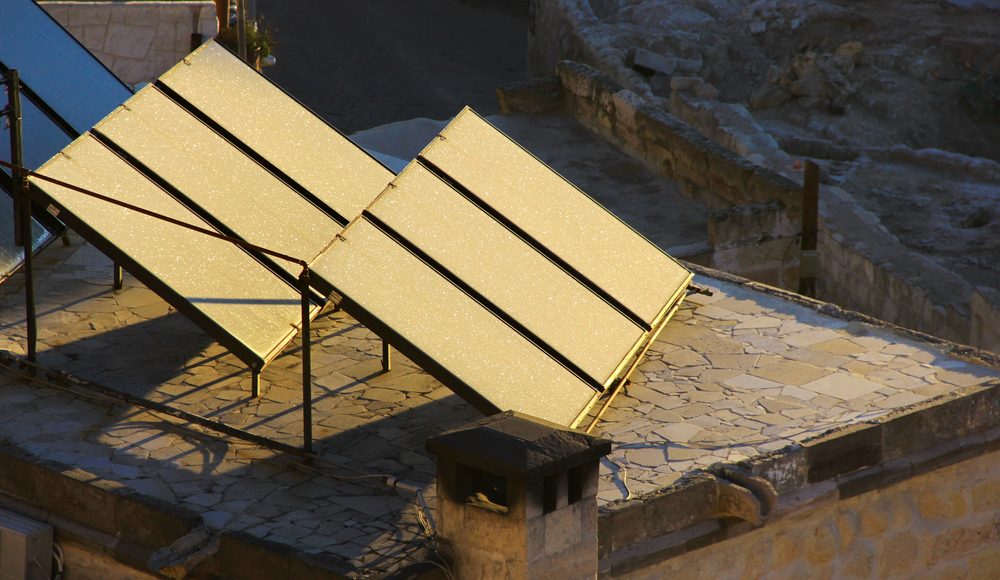
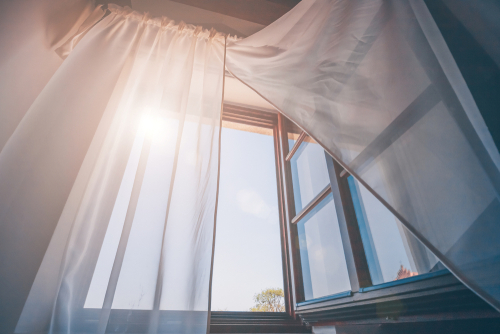
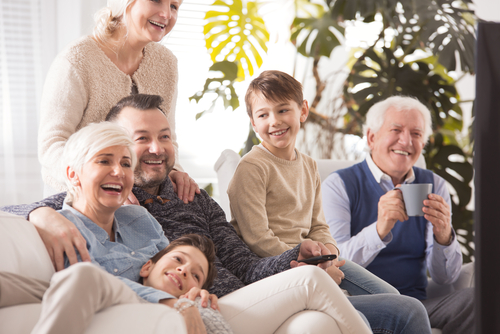
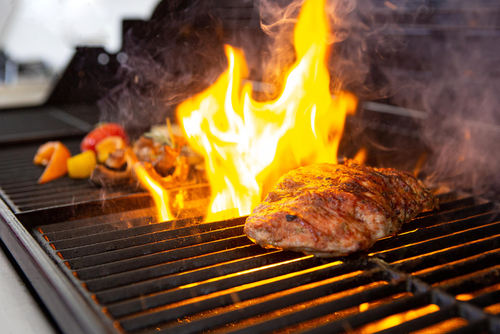
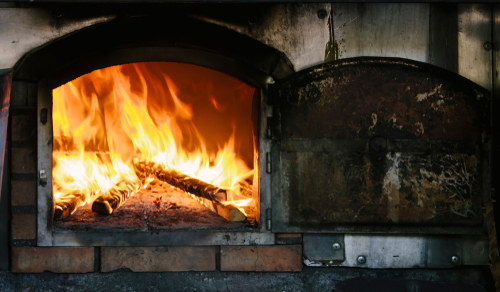
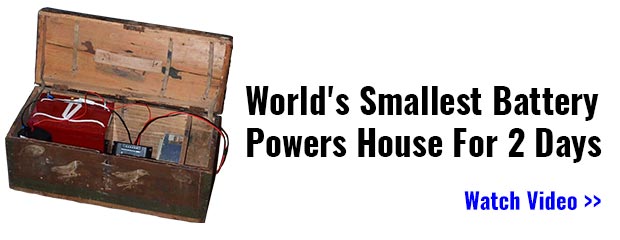
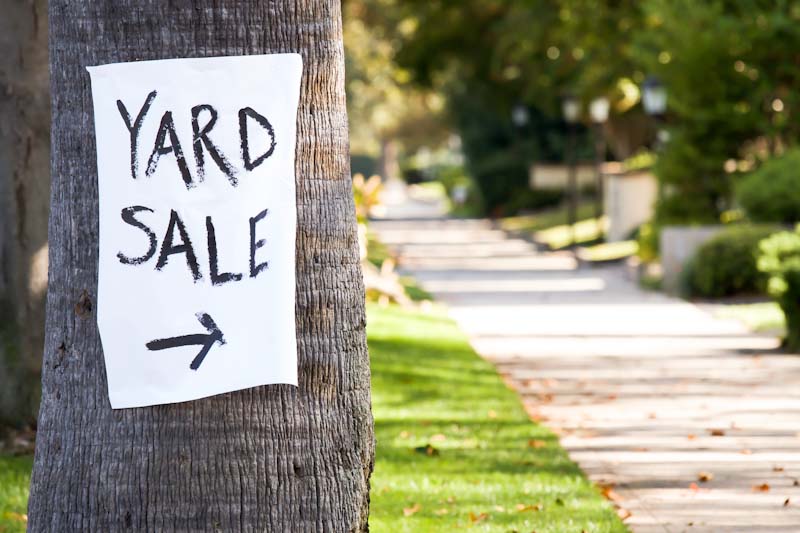
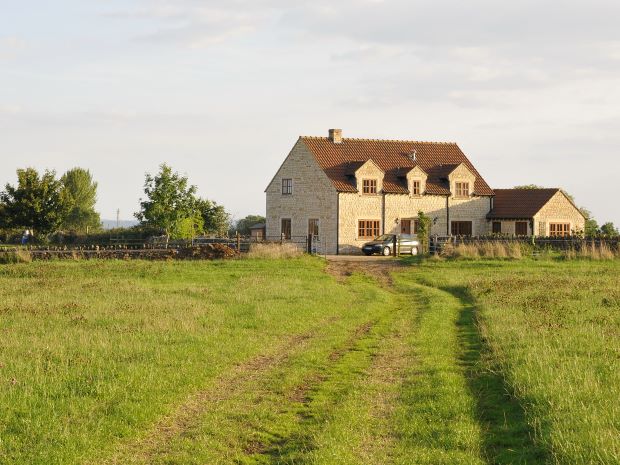
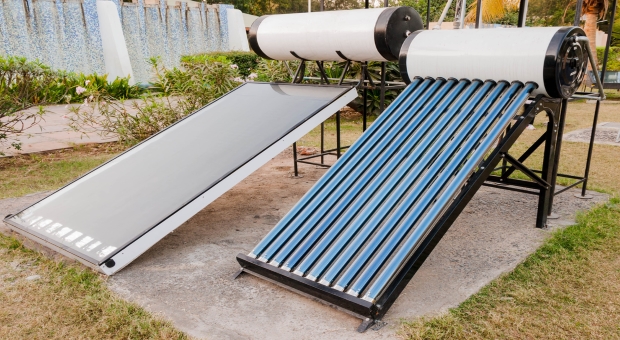
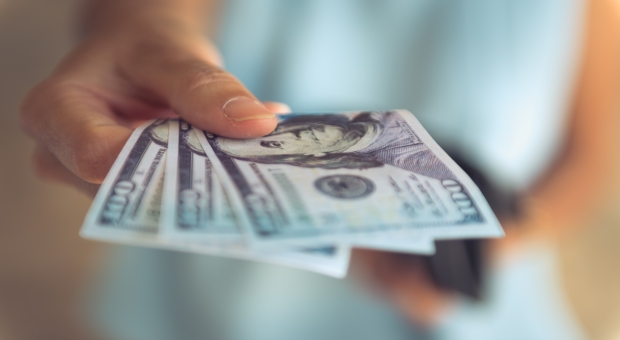

stevelo | January 15, 2021
|
Pretty nice article!
Great Roman sunlaw stuff! You spread the hopium a bit thick on the masonry heater though. It depends a lot on your environment and your home as to how great it is. They are heavy too! But they are the absolute best if you can get one. Well worth doing the research if you have a strong home foundation.
Jim Gregg | September 19, 2021
|
The one low tech I never see is reflective heating. We do it in campfires with a wall built up to reflect heat waves back. Have a kerosene heater , put a heat shield around 3/4 of it to reflect heat were you want it to go. Another trick is to use mirrors to reflect sunlight. Set them up in a south facing room to reflect sunlight to a container of water. When the sun goes down, the thermal mass of water will release it heat in to the room. Additionally bricks can be used to store thermal heat. And you can always put the heated water in to hit water bottles to place in to the bottom of your bed to make them toasty. Plus you will save the wood needed for heating.
CLEBER VINICIUS RIBEIRO HOMEM | January 18, 2022
|
I live in Brazil! So, affortunately it’s not a problem to us!!! But I think about that if the climate suddenly change in the world!!!
Darren R | November 19, 2022
|
my apartment in North Dakota is entirely electric. while power here is reliable, as Texas in Feb 2021 proves, it might not always be. if there is no power, there is no heat, and if there is no heat, we will literally freeze to death in our homes. against this possibility, i have a kerosene heater and some stored kerosene to run it for a few days to a week, depending on just how cold it is outside. not as much kerosene as i would like, though it will buy me a few days before we would have to go to some warming center or such.
.